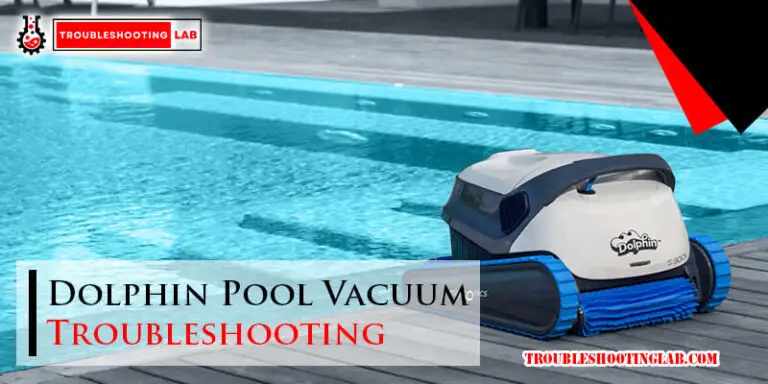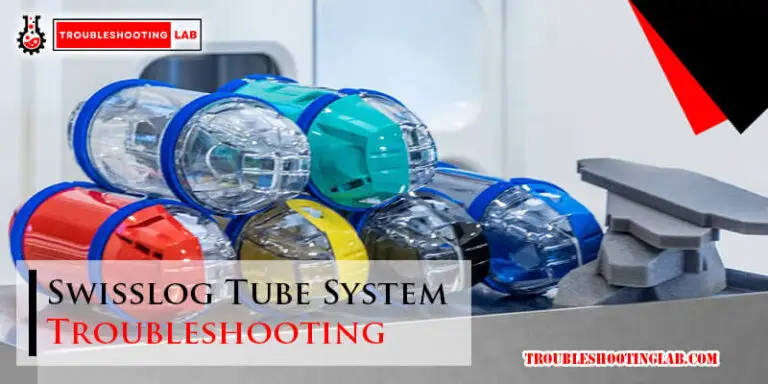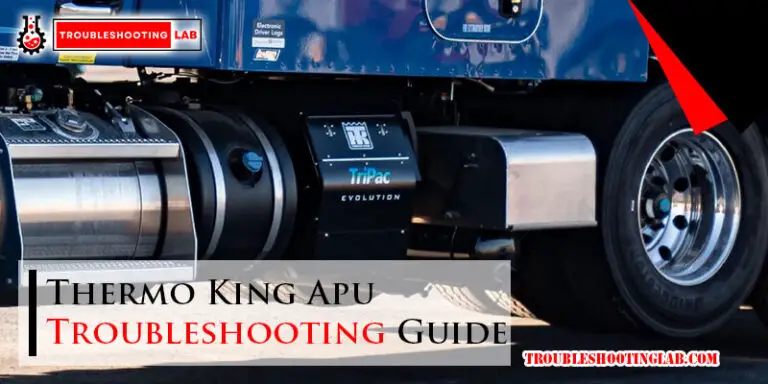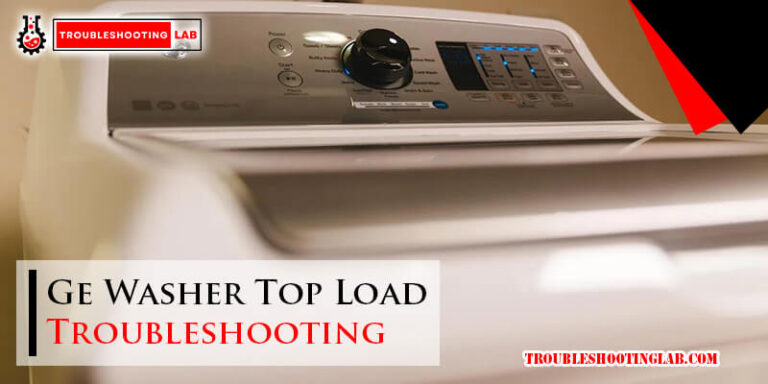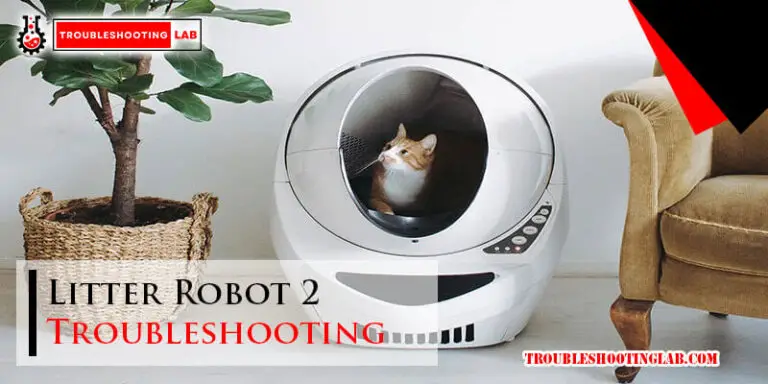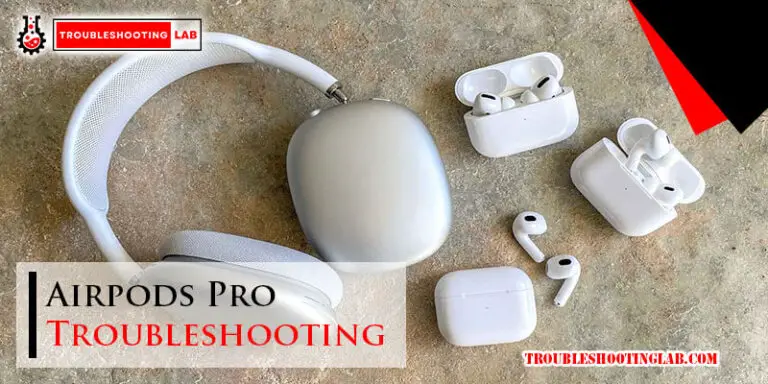Airbrush Troubleshooting: Expert Tips for Smooth Operation
Airbrushes are fantastic tools for artists and hobbyists alike. Yet, like any tool, they can sometimes encounter issues.
Airbrush troubleshooting can save you time and frustration. Whether you are a beginner or a seasoned pro, understanding common problems and their solutions is crucial. Clogged nozzles, inconsistent spray patterns, and paint splatters are just a few issues you might face.
Knowing how to identify and fix these problems can make your airbrushing experience smoother and more enjoyable. In this guide, we will explore practical tips and solutions for common airbrush problems. So, let’s dive in and keep your airbrush performing at its best.
Common Airbrush Issues
Airbrushing can be an incredible artistic tool, but it comes with its own set of challenges. This section will delve into some of the most common airbrush issues you might face. Understanding these problems can help you solve them quickly and keep your projects on track.
Clogged Nozzles
A clogged nozzle is a frequent problem for airbrush users. This issue often arises due to dried paint blocking the nozzle. Here are some tips to deal with this problem:
- Regularly clean your airbrush after each use.
- Use the appropriate thinner for your paint.
- Soak the nozzle in a cleaning solution.
- Use a fine needle to remove any clogs.
If a nozzle remains clogged despite these steps, it might be time to replace it.
Uneven Spray Patterns
Another common issue is uneven spray patterns. This can ruin your artwork. Here are some potential causes and solutions:
| Cause | Solution |
|---|---|
| Paint is too thick | Thin the paint properly. |
| Air pressure is too low | Increase the air pressure. |
| Dirty airbrush | Clean the airbrush thoroughly. |
| Damaged needle | Replace the needle. |
Maintaining your airbrush and using the right materials can prevent these issues.

Essential Tools For Troubleshooting
Airbrush troubleshooting can be a daunting task for beginners. Having the right tools can make the process easier and more effective. Essential tools for troubleshooting are critical for keeping your airbrush in top condition. Below, we will explore two main categories of these tools: cleaning kits and replacement parts.
Cleaning Kits
Cleaning kits are vital for maintaining your airbrush. They include brushes, needles, and cleaning solutions. These tools help remove paint buildup and debris. Regular cleaning prevents clogs and ensures smooth operation. A good cleaning kit can extend the life of your airbrush.
Brushes in the kit come in various sizes. They help clean hard-to-reach parts. Needles are used to clear blockages in the nozzle. Cleaning solutions dissolve dried paint and residue. Using these tools regularly keeps your airbrush in prime condition.
Replacement Parts
Replacement parts are essential for airbrush troubleshooting. Over time, parts wear out and need replacing. Common replacement parts include nozzles, needles, and O-rings. Keeping these parts on hand is crucial. They ensure you can fix problems quickly and get back to work.
Nozzles and needles can get damaged or bent. Replacing them ensures consistent spray patterns. O-rings provide airtight seals and prevent leaks. Having extra parts means less downtime. It keeps your workflow smooth and uninterrupted.
In summary, essential tools for troubleshooting include cleaning kits and replacement parts. These tools help maintain and repair your airbrush efficiently. Regular maintenance and quick repairs keep your airbrush performing at its best.
Preventive Maintenance
Preventive maintenance is key to keeping your airbrush in top shape. Regular care can prevent many common issues. Here are some simple steps to ensure your airbrush works flawlessly.
Regular Cleaning
Regular cleaning is essential for airbrush maintenance. Clean your airbrush after each use. This removes any paint residue. Use a cleaning solution or water. Flush the airbrush thoroughly. Disassemble the airbrush for deep cleaning. Clean each part carefully. Use a soft brush or cleaning tools. This prevents clogs and ensures smooth operation.
Proper Storage
Proper storage is vital for airbrush longevity. Store your airbrush in a cool, dry place. Keep it in a protective case. This protects it from dust and damage. Avoid storing it with paint inside. Clean it thoroughly before storage. This prevents paint from drying and clogging the airbrush. Following these steps ensures your airbrush remains ready for use.

Air Pressure Problems
Air pressure problems can disrupt your airbrushing projects. Inconsistent or inadequate air pressure can lead to poor paint application. Understanding how to troubleshoot these issues can save you time and frustration.
Adjusting Psi
PSI stands for pounds per square inch. It measures air pressure. Adjusting the PSI can help control paint flow. Too high or too low PSI can cause problems. Low PSI results in paint splatters. High PSI can cause overspray.
Check your airbrush’s recommended PSI settings. Adjust the regulator on your compressor to match. This ensures smooth paint application. Most airbrushes work well between 15 to 30 PSI. Experiment within this range for the best results.
Compressor Maintenance
Regular compressor maintenance is key. A well-maintained compressor provides consistent air pressure. Check for leaks in the air hose. Replace damaged hoses immediately. Clean the compressor’s air filter regularly. A clogged filter reduces air flow.
Drain the compressor’s tank to remove moisture. Moisture can mix with the paint and cause splattering. Lubricate moving parts as recommended. This ensures smooth operation. Keep your compressor in top shape for reliable performance.
Paint Consistency
Achieving the right paint consistency is essential for smooth airbrushing. It can make the difference between a perfect finish and a rough, uneven coat. Problems with paint consistency often lead to issues like clogging, spitting, and uneven coverage. It’s vital to understand how to thin your paint and mix it properly to avoid these common problems.
Thinning Paint
Thinning paint is crucial for achieving the correct consistency for airbrushing. Different types of paint require different thinning agents. Water-based paints need water or a specific thinner, while solvent-based paints need their corresponding solvents.
Start by adding a small amount of thinner to your paint. A good rule of thumb is to aim for a consistency similar to milk. Use a mixing stick or a small spoon to mix the paint and thinner thoroughly. Test the mixture by spraying a small amount on a test surface. If the paint still seems thick, add more thinner in small increments.
Mixing Techniques
Proper mixing ensures an even distribution of pigments and binder in the paint. This prevents clogging and inconsistent spraying. There are several ways to mix paint effectively.
Manual Mixing: Use a small spoon or stick to stir the paint and thinner. Stir in a circular motion until the paint is smooth and consistent.
Shaking: Place the paint and thinner in a sealed container. Shake the container vigorously for about a minute. This method works well for small amounts of paint.
Electric Mixers: For larger amounts of paint, electric mixers can save time and ensure thorough mixing. These are especially useful for professional airbrush artists.
Ensure that no lumps or unmixed pigment remain. Proper mixing helps achieve a consistent spray pattern and prevents airbrush clogging.
Dealing With Splattering
Dealing with splattering is a common issue in airbrushing. Splattering can ruin a smooth finish and waste paint. This section will help you troubleshoot and fix splattering problems. Follow these steps to achieve a clean, even spray.
Correcting Airflow
Proper airflow is crucial for smooth spraying. Too much or too little air pressure can cause splattering. Check your compressor settings. Ensure the pressure is within the recommended range for your airbrush. If the pressure is too high, lower it slightly. If it’s too low, increase it gradually. Test the spray on a scrap surface. Adjust until you get a consistent flow.
Nozzle Inspection
A clogged or damaged nozzle can lead to splattering. Remove the nozzle and inspect it closely. Look for any paint buildup or blockages. Use a cleaning brush or needle to clear any debris. If the nozzle is damaged, replace it with a new one. Reassemble your airbrush and test it again. A clean, undamaged nozzle should provide a smooth spray.
Troubleshooting Air Leaks
Air leaks in your airbrush can be frustrating. They affect performance and waste air. Here, we provide simple steps to fix air leaks.
Seal Checks
First, check the seals. A loose or damaged seal causes air leaks.
- Inspect the nozzle and needle seals.
- Tighten loose seals with a wrench.
- Replace damaged seals with new ones.
Use plumber’s tape if the seal is not fitting well. Wrap it around the threads to ensure a snug fit.
Hose Replacements
Sometimes, the hose is the problem. A cracked or worn hose can leak air.
- Check the hose for cracks or holes.
- Disconnect the hose from the airbrush and compressor.
- Replace the damaged hose with a new one.
Always use a hose that is compatible with your airbrush model. This ensures proper fitting and functionality.
Expert Tips For Smooth Operation
Airbrushing can be a rewarding hobby or profession. But it can also be frustrating when things go wrong. Understanding and troubleshooting common issues can make the process smoother. Below are expert tips to help you achieve smooth operation.
Practice Techniques
Start with simple shapes and lines. This helps you get a feel for the airbrush. Focus on controlling the trigger. Practice creating steady, even strokes. This will improve your control and confidence. Use scrap paper or old projects. This way, you can practice without wasting materials.
Keep your hand relaxed. Tension can lead to mistakes. Remember to breathe. This might sound simple, but it helps. Take breaks if needed. Fatigue can affect your work. Practicing regularly will lead to better results.
Choosing Quality Equipment
Invest in a good airbrush. Cheap models can cause more problems. Look for trusted brands. These are more reliable and easier to maintain. Check reviews before buying. Feedback from other users can be helpful.
Pay attention to the compressor. It should provide a steady airflow. An inconsistent compressor can ruin your work. Buy quality paints. Poor-quality paints can clog your airbrush. They can also affect the finish of your work.
Maintain your equipment. Clean your airbrush regularly. This prevents clogs and ensures smooth operation. Replace worn parts as needed. This will keep your equipment in top shape. Quality equipment lasts longer and works better.
Frequently Asked Questions
Why Is My Airbrush Not Spraying Paint?
Your airbrush might be clogged. Clean the nozzle and needle regularly to ensure smooth paint flow.
How Do I Fix An Airbrush With Low Pressure?
Check for air leaks. Ensure all connections are tight. Adjust the compressor settings if needed.
What Causes Airbrush Splattering?
Splattering can be due to dried paint. Clean the airbrush thoroughly and thin the paint properly.
Why Is My Airbrush Sputtering?
Sputtering may be caused by moisture in the air supply. Use a moisture trap to resolve this issue.
How Do I Prevent Airbrush Tip Drying?
Use a paint retarder or thinner. Frequently clean the tip with a damp cloth while working.
Conclusion
Solving airbrush issues can be simple with the right steps. Clean your equipment regularly. Check for clogs and leaks. Use suitable paint and pressure. Practice makes perfect. Remember, patience is key. Don’t rush the process. Happy airbrushing!

